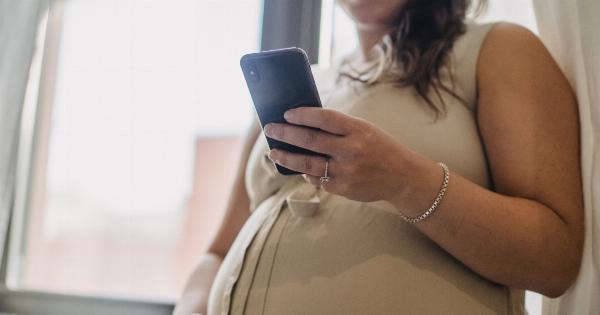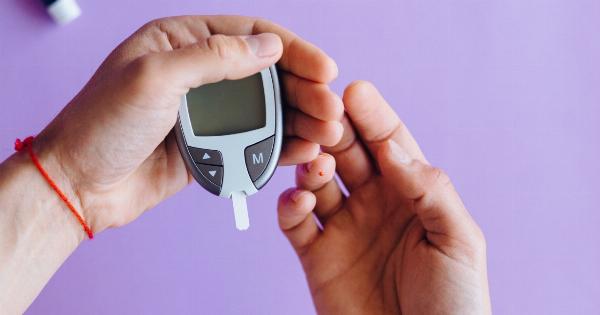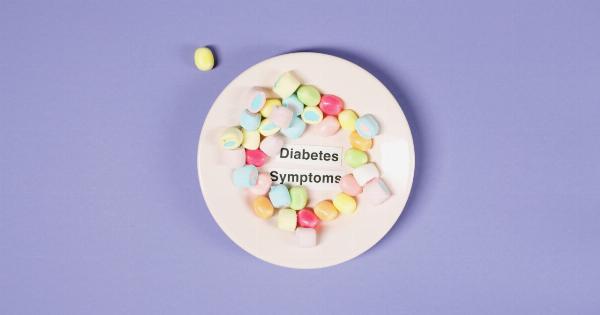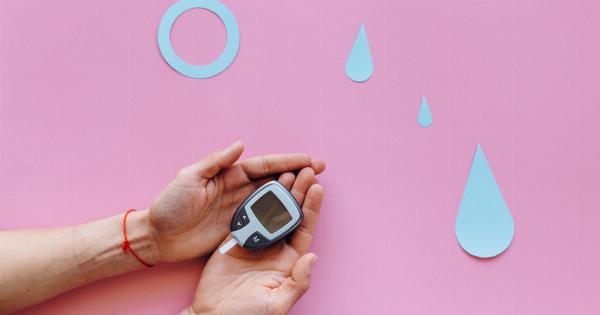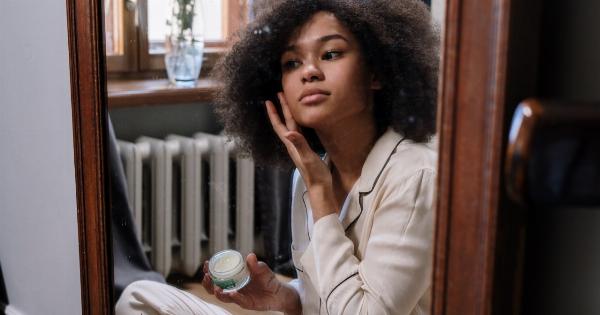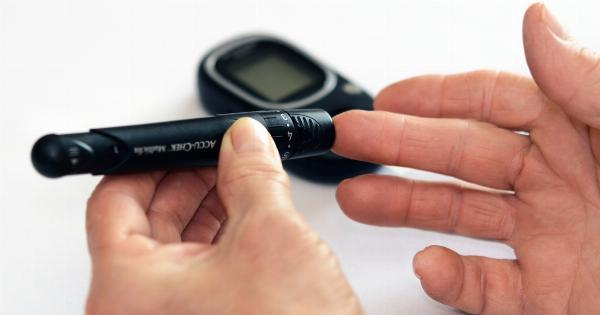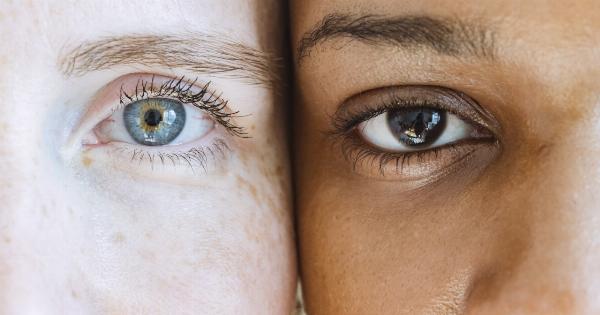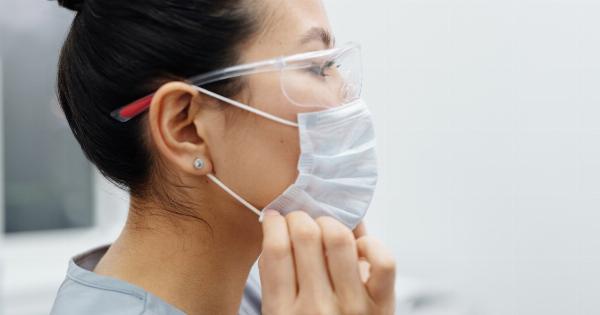Diabetes is a chronic disease that affects millions of people around the world. It is known to cause a range of health problems, including vision loss and blindness. In fact, diabetes is the leading cause of blindness in adults aged 20 to 74 years old.
The good news is that you can take steps to protect your vision against diabetes. In this article, we will explore some of the ways you can prevent vision loss and maintain healthy eyesight, even if you have diabetes.
Understand the Link Between Diabetes and Your Eyesight
Diabetes affects the body’s ability to produce or use insulin, a hormone that regulates blood sugar levels. When your blood sugar levels are high, it can damage the tiny blood vessels that supply oxygen and nutrients to your eyes.
Over time, this can lead to a range of eye problems, including:.
- Diabetic retinopathy: This is the most common eye problem associated with diabetes. It occurs when the blood vessels in the retina become damaged and leaky, leading to blurred vision, floaters, and even blindness.
- Glaucoma: Diabetes can increase your risk of developing glaucoma, a condition that damages the optic nerve and can cause permanent vision loss.
- Cataracts: Diabetes can also increase your risk of developing cataracts, a condition that causes the lens of the eye to become cloudy and can lead to vision problems.
It’s important to understand the link between diabetes and your eyesight so that you can take steps to prevent vision loss and protect your overall health.
Manage Your Blood Sugar Levels
One of the most important steps you can take to protect your vision against diabetes is to manage your blood sugar levels. This can be challenging, but with the right support and resources, it is possible.
Here are some tips to help you manage your blood sugar levels:.
- Eat a healthy, balanced diet that is rich in whole grains, fruits, vegetables, and lean protein.
- Exercise regularly to help maintain a healthy weight and improve insulin sensitivity.
- Take your medication as prescribed by your healthcare provider.
- Test your blood sugar levels regularly and keep track of your results.
If you are struggling to manage your blood sugar levels, talk to your healthcare provider. They can recommend medications, lifestyle changes, and other strategies to help you control your diabetes and protect your vision.
Get Regular Eye Exams
Another important step you can take to protect your vision against diabetes is to get regular eye exams. Even if you feel like your vision is fine, it’s important to have your eyes checked regularly by an eye doctor.
This can help detect any early signs of eye problems and allow them to be treated before they become more serious.
Most people with diabetes should have an eye exam at least once a year, although your healthcare provider may recommend more frequent exams based on your individual needs.
During an eye exam, your eye doctor will check for signs of diabetic retinopathy, glaucoma, cataracts, and other eye problems associated with diabetes. They may also dilate your pupils to get a better look at the back of your eyes.
Quit Smoking
If you have diabetes, quitting smoking can significantly reduce your risk of developing eye problems. Smoking is a major risk factor for diabetic retinopathy, cataracts, and other eye problems.
It can also increase your risk of other health problems, such as heart disease, lung cancer, and stroke.
If you smoke, talk to your healthcare provider about strategies to quit. They may recommend nicotine replacement therapy, counseling, medication, or other resources to help you quit smoking and protect your vision and overall health.
Protect Your Eyes from UV Rays
UV rays from the sun can damage your eyes and increase your risk of developing cataracts and other eye problems. If you have diabetes, it’s especially important to protect your eyes from UV rays. Here are some tips to help you do that:.
- Wear sunglasses that block at least 99% of UV rays whenever you go outside.
- Wear a hat with a brim to provide additional protection from the sun.
- Avoid spending time outdoors during peak sunlight hours, which are generally between 10 a.m. and 2 p.m.
By taking these steps, you can protect your eyes from the damaging effects of UV rays and reduce your risk of developing eye problems.
Conclusion
Diabetes is a serious health condition that can have a range of complications, including eye problems and vision loss.
However, by learning about the link between diabetes and your eyesight and taking steps to protect your vision, you can maintain healthy eyesight and reduce your risk of developing eye problems. Talk to your healthcare provider about strategies to manage your diabetes and protect your vision, and make sure to get regular eye exams to detect any early signs of eye problems.








